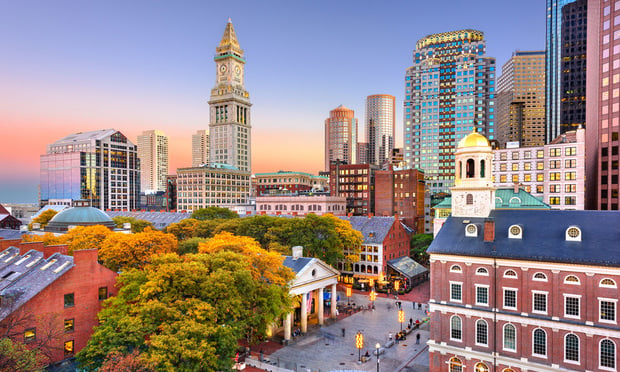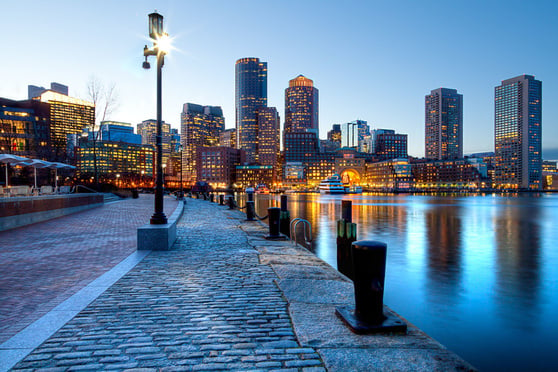BOSTON—A city commissioned study on the needs of the performing arts sector in Boston found that while there is an excess supply of space, there is unfortunately a dearth of specialized space that is in high demand.
Boston Mayor Martin Walsh and the Boston Planning & Development Agency released a draft report that assessed performing arts facilities needs in the city. Non-profit management consulting and research firm TDC issued a 39-page report that concludes there is unmet demand in key sectors of the performing arts industry despite the fact that there is an excess supply of space. Many artists and arts organizations are searching for additional or different rehearsal and/or performance spaces. The report also notes that the need for rehearsal space is particularly high.
The report was commissioned in response to the release last year of Mayor Walsh's “Boston Creates” plan, which states the City of Boston must support the availability, affordability and sustainability of cultural spaces and facilities for arts and cultural organizations of all sizes in Boston. The release of the report starts a 30-day public comment period on the findings. A final report will be issued once the city reviews public input on the draft report.
“In Boston it's our goal to harness our city's innovation and creativity to build a better, healthier and more thriving city that continues to lift up all our residents,” says Mayor Walsh. “Through this assessment, we have collaborated with residents and stakeholders throughout Boston and the entire region to pinpoint what resources exist, and what resources are needed to support artists.”
A key finding in the report states that the fundamental concern raised by those performing arts officials interviewed was that “spaces that offer users the mix of production amenities, audience amenities, and audience capacity they feel is right for their art either do not exist or are inaccessible… There is a pervasive feeling that Boston venues, as a whole, are not adequately appointed and sized to serve the community of users.”
Other key findings of the study include that excess supply and unmet demand do not align due to issues of appropriateness, price, and location of available spaces.
A remedy in terms of cost could be some form of public subsidy. “Because users cannot pay the full operating or capital costs of facilities, the market requires subsidy to adequately support facilities. Economic realities for both space users and space providers prevent them from finding a pricing 'sweet spot' absent significant and ongoing additional support to run, maintain, and update facilities.”
Some of the possible solutions would require a new approach to how facilities are financially supported, operated, and managed in Boston, the report states. Some of those solutions could include:
• Enhancing partnerships between developers, the city, and the local arts community.
• Stimulating new sources of funding in the philanthropic community.
• Developing funding mechanisms that provide ongoing support to increase access to spaces and ensure they are adequately maintained.
• Ensuring that any new spaces are operated effectively with incentive structures that elevate the needs of the local performing arts community.
Want to continue reading?
Become a Free ALM Digital Reader.
Once you are an ALM Digital Member, you’ll receive:
- Breaking commercial real estate news and analysis, on-site and via our newsletters and custom alerts
- Educational webcasts, white papers, and ebooks from industry thought leaders
- Critical coverage of the property casualty insurance and financial advisory markets on our other ALM sites, PropertyCasualty360 and ThinkAdvisor
Already have an account? Sign In Now
*May exclude premium content© 2024 ALM Global, LLC, All Rights Reserved. Request academic re-use from www.copyright.com. All other uses, submit a request to [email protected]. For more information visit Asset & Logo Licensing.









